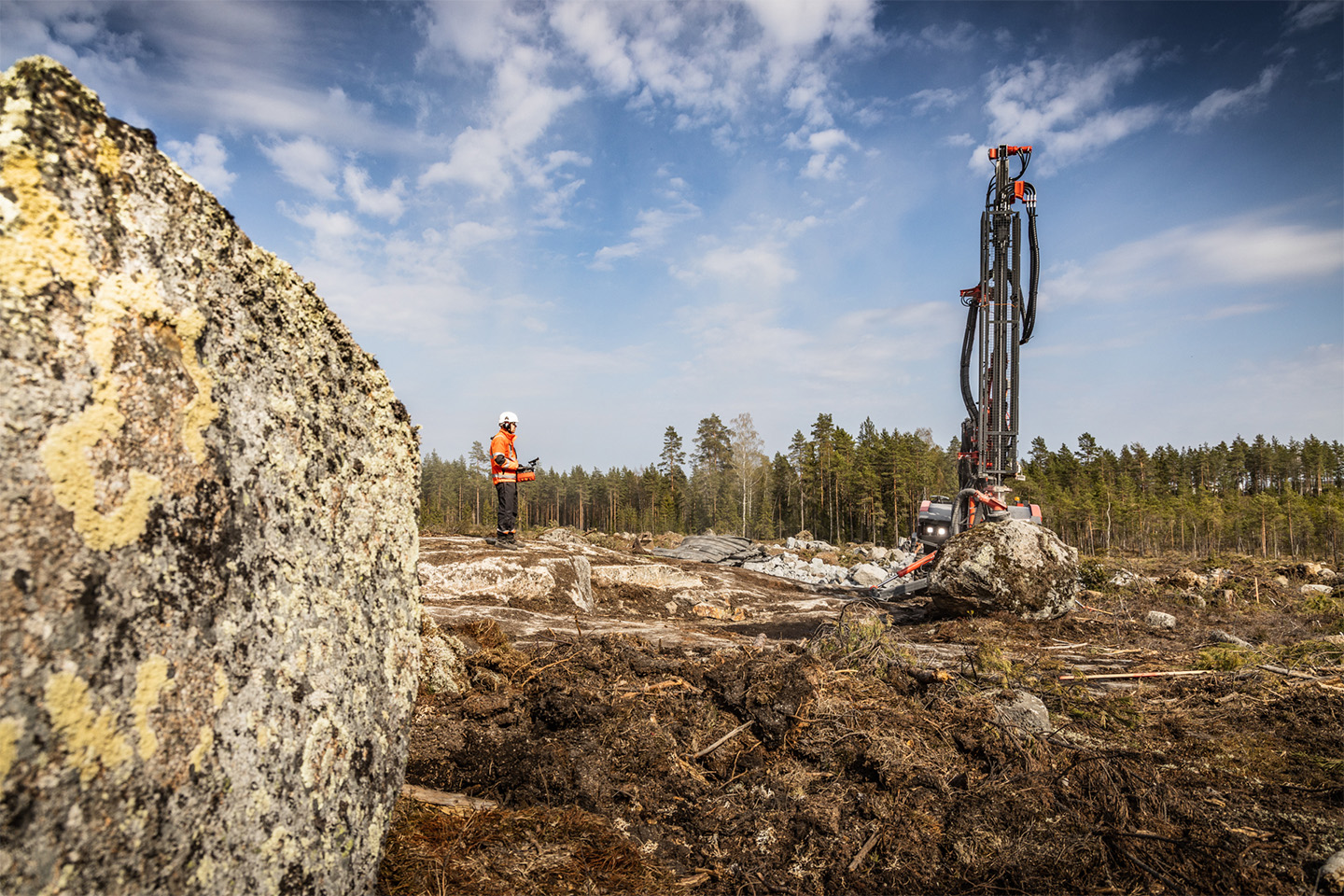Iron ore sticks to fundamentals as other commodities dance to noise — opinion

While geopolitical concerns have been the prime driver for most commodity markets recently, iron ore has been a standout, trading largely on traditional fundamentals.
Since the tailings dam disaster in January at one of top exporter Vale’s mines in Brazil, iron ore has traded almost exactly as you would expect for a commodity that suddenly went from a situation of comfortable to constrained supply.
This stands in contrast to commodities such as crude oil, which has vacillated between rising on fears supply is being limited by U.S. sanctions against Iran and Venezuela along with output cuts by OPEC and its allies, and dropping on fears the global economy is slowing.
Copper has also been up and down in recent months, with a 10% rally from the end of last year until April 17 turning into an 11% percent drop since then as the U.S.-China trade dispute crimped sentiment.
However, it’s been largely one-way upward traffic for iron ore, with spot prices for the benchmark 62-percent grade for delivery to China, as assessed by Argus Media, jumping 43 percent from the day before the dam failure to a five-year peak of $107.80 a tonne on May 27.
The loss of 21.7 million tonnes from the seaborne market is sufficient justification for the sharp rally in iron ore prices, especially since China’s steel output has been rising
A tropical cyclone that closed mines and ports in the northwest of top exporter Australia in late March added to the supply constraint.
While shipments from Australia have returned to normal, and there is even a chance that some of the lost volumes will be recovered in coming months, the market is adjusting to the reality that exports from Brazil will remain lower for longer.
The impact of the closures of several of Vale’s mines for safety checks can be seen in the import numbers for China, which buys about two-thirds of seaborne iron ore.
China’s imports from Brazil fell to just 9.87 million tonnes in May, according to vessel-tracking and port data compiled by Refinitiv.
This was the lowest since Refinitiv started assessing cargoes in January 2015 and was less than half the 19.88 million tonnes recorded in February this year, the last month before the impact of the dam disaster started to come through.
China’s imports of Australian ore showed the recovery from the cyclone in the last week in March, with Refinitiv recording 60.2 million tonnes, up from 43.1 million in April and in line with 60.1 million from March.
Overall, China’s imports of seaborne iron ore recovered somewhat in May, reaching 79.3 million tonnes.
This is slightly below the official customs data for April, which showed imports of 80.77 million tonnes, but above the Refinitiv count of 68.7 million tonnes.
The vessel-tracking data doesn’t align exactly with customs numbers given discrepancies around the end of each month as to when cargoes are assessed as having been unloaded.
China’s customs data also includes relatively small quantities of iron ore imported overland from countries such as Mongolia.
For the first five months of 2019, Refinitiv data shows China’s seaborne imports at 410.1 million tonnes, down 5% from the 431.8 million tonnes in the same period last year.
Price surge supported
The loss of 21.7 million tonnes from the seaborne market is sufficient justification for the sharp rally in iron ore prices, especially since China’s steel output has been rising.
Steel production reached a record high 85.03 million tonnes in April, up 12.7% from a year earlier, according to official statistics. For the first four months of 2019, steel output was 10.1% above the same period last year.
It’s been largely one-way upward traffic for iron ore, with spot prices for the benchmark 62-percent grade for delivery to China
Steel demand is being driven by stimulus spending on infrastructure and housing as Beijing tries to bolster the economy in the face of an escalating trade dispute with the administration of U.S. President Donald Trump.
This means that sometimes news that is bearish for other commodities, such as a weakening Purchasing Managers’ Index that hurts copper, can serve to boost iron ore as investors take the view China will ramp up stimulus spending even further.
However, iron ore isn’t completely immune to the noise of geopolitics or the influences of the daily news cycle, with futures on the Dalian Commodity Exchange dropping from a record high last week after fees were increased in an attempt to curb speculation.
But the overall bull trend remains intact and it will take market confidence that Brazilian supply is returning to full strength, or that China’s economy will be unable to counter the current trade headwinds, to shift the narrative in favour of the bears.
(By Clyde Russell; Editing by Richard Pullin)
{{ commodity.name }}
{{ post.title }}
{{ post.date }}


Comments